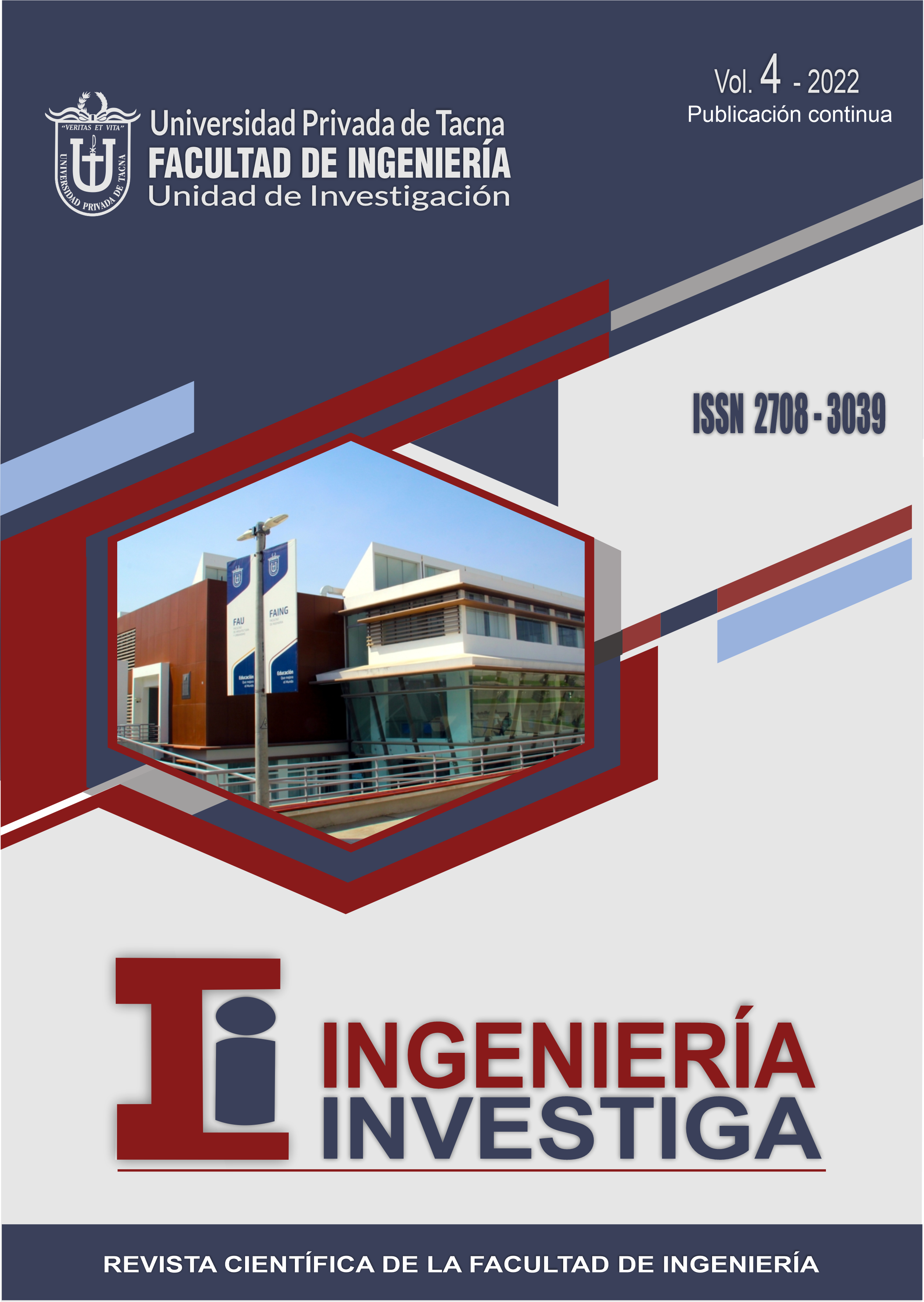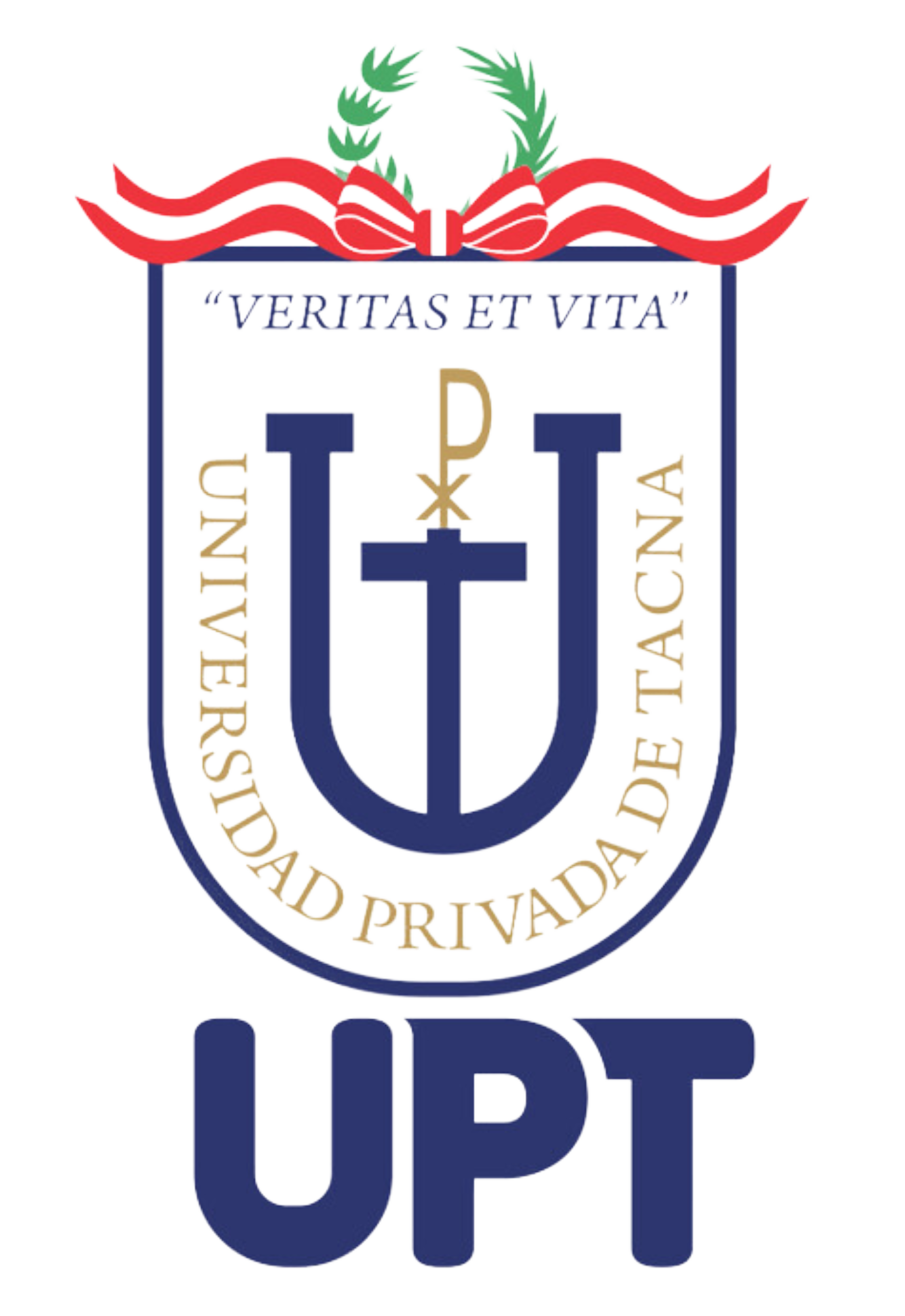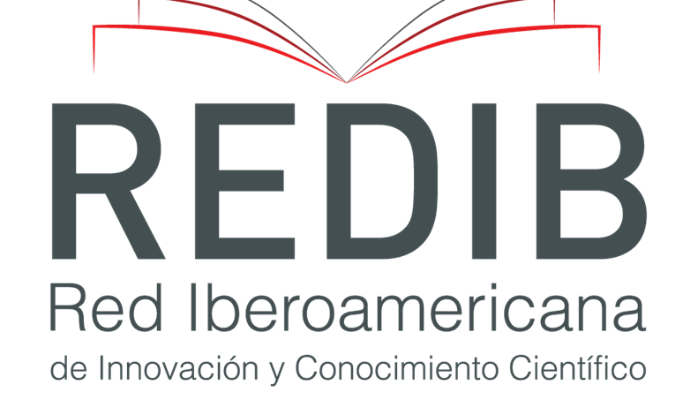Areas of vulnerability and environmental hazards in the Moquegua river basin
DOI:
https://doi.org/10.47796/ing.v4i0.583Keywords:
Landslides, floods, environmental vulnerabilityAbstract
The objective of the research is to evaluate the vulnerability zones and environmental hazards identified in the Moquegua river basin through geospatial modeling. The evaluation of hazards was carried out according to Crepani et al. (2001), which consists on making thematic maps through factor analysis, attribute weighting and map algebra. The results obtained show that the Moquegua River has very high, high, moderate and low levels of landslide and flood hazards. The environmental vulnerability of the basin was determined by the relationship between environmental vulnerability zones and hazards, and by integrating the hazard maps identified in the study area. A very high degree was obtained, which means that the occurrence of floods or landslides tends to be more susceptible to anthropogenic activities or contamination in the basin, and that there is high danger near the micro-watershed. In times of flooding, there is a probability of overflowing, which could affect the nearby population.








